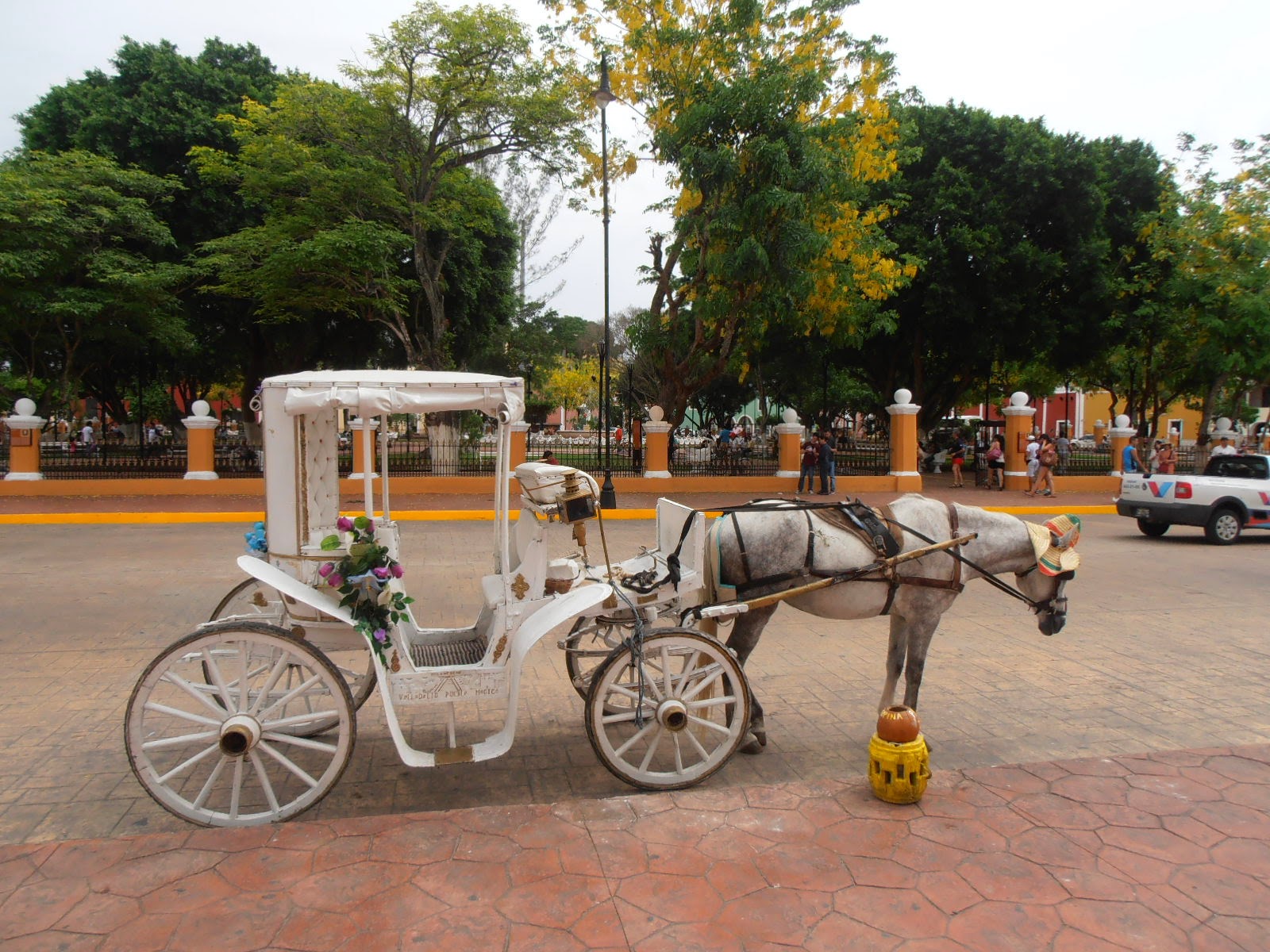Fani iranieni in Brazilia
Stiu ca pare incredibil dar in opinia mea e de crezut. Ca sa va faceti o idee mai clara dati un search pe google la "iranian orgies". Asa ca sa inchei, va las cu un exercitiu de imaginatie; vedeti cam cum ar arata femeile lor daca nu ar fi acoperite de val, hijab, burqa, niqab si alte alea!
fan iranian
Gasiti aici articolul la care fac referire mai sus.
Am vazut poza asta mai devreme, fiind postata de un prieten brazilian. Am dorit sa o public pentru a arata lumii cat de frumosi sunt si acesti iranieni care in ochii multor popoare sunt priviti ca niste inapoiati. Mi-a adus aminte de un articol pe care l-am citit si in care era expusa deschiderea acestora catre nou si noncorformism. Reiesea ca sunt atrasi de cultura vestica (americana in special) si ca sunt dispusi sa inghita si sa digere tot ce vine de acolo, ilegal bineinteles. Nu e un lucru bun, dar e interesant!
“Iranians are very influenced by American culture. They’re obsessed. Illegally, of course, but everyone’s on to it. Movies, TV, everything. Anything that’s out there. And they overdo it. They say, ‘Oh, Americans have sex casually, lets have sex casually times 10."Se pare ca statul femeii castiga teren din ce in ce mai mult si datorita opresiunii istorice la care au fost supuse, in underground-ul iranian, se schimba coordonatele problemei. Intrebati de relatiile barbat - femeie in liberalismul iranian, tinerii din discutie afirma:
"If you’re a girl, you get to decide how much you’re worth. My grandmother walks around with a whip and my grandfather is basically not allowed to talk. Americans think Iranian women are oppressed. My grandfather is oppressed!"Cu toate ca barbatii persani in contact cu alti barbati sunt iuti la manie, mai ales daca au si ceva de aparat. Am si o povestioara dintr-un club din Yerevan, Armenia despre asta.
Stiu ca pare incredibil dar in opinia mea e de crezut. Ca sa va faceti o idee mai clara dati un search pe google la "iranian orgies". Asa ca sa inchei, va las cu un exercitiu de imaginatie; vedeti cam cum ar arata femeile lor daca nu ar fi acoperite de val, hijab, burqa, niqab si alte alea!
fan iranian
Gasiti aici articolul la care fac referire mai sus.




















































